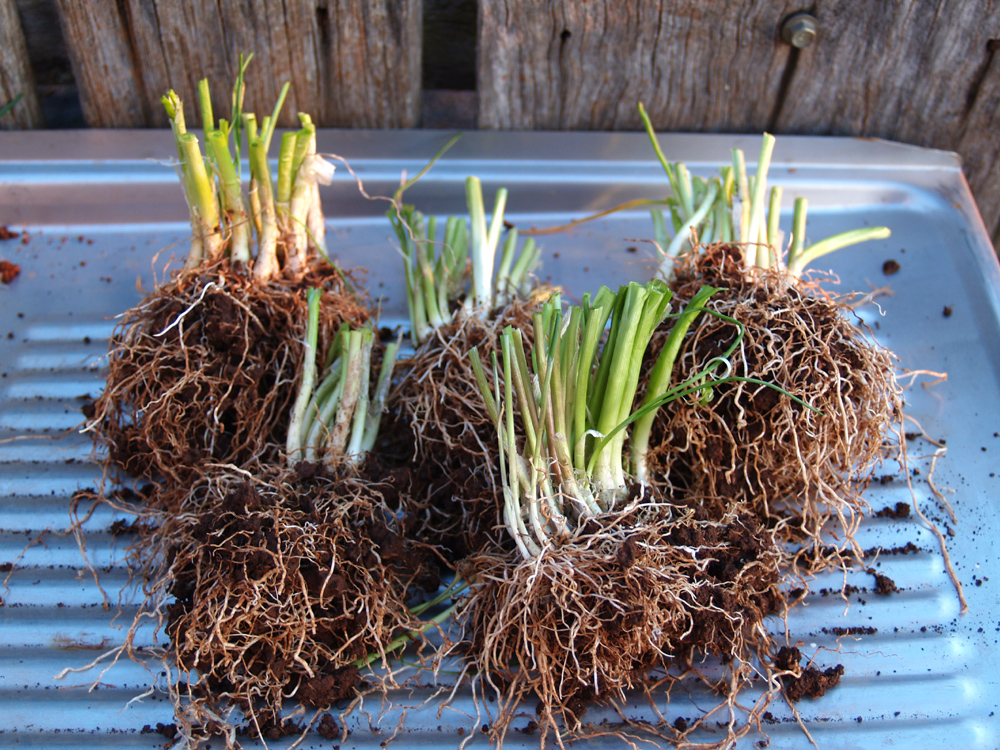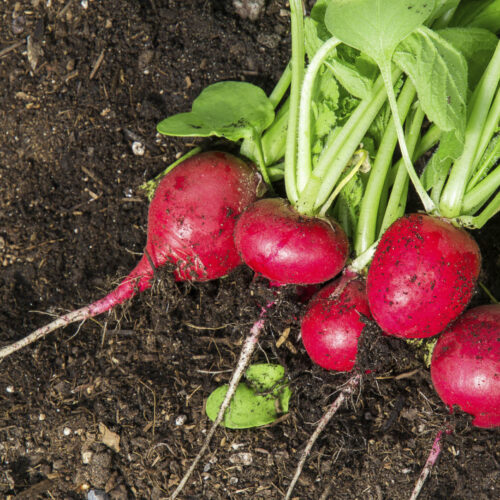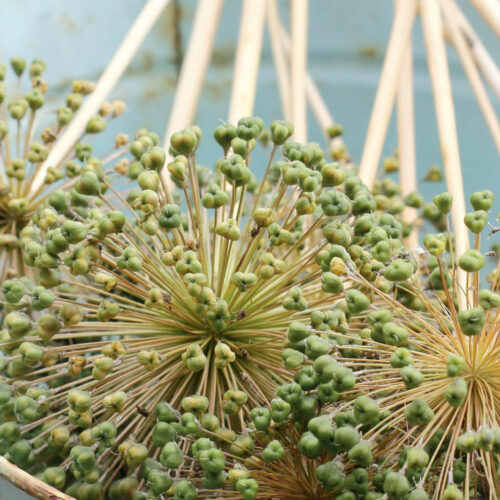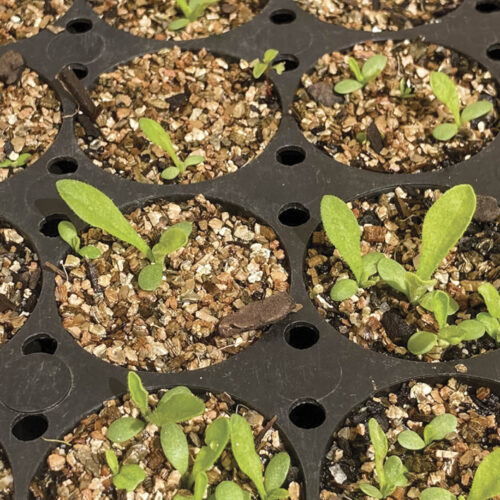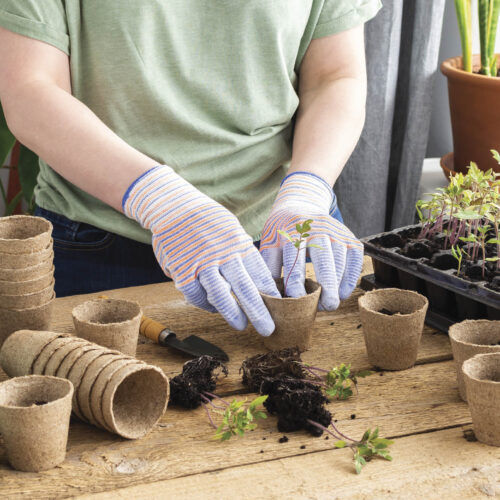Divide and conquer
2012-05-09T04:41:35+10:00
Looking for a free, easy way to increase your plant stocks? JUSTIN RUSSELL writes that autumn is the best time of the year to divide and conquer.
Autumn is the best time of the year to dig up and divide evergreen perennial plants. With warmth and moisture lingering in the soil but air temperatures falling, plant divisions have a chance to re-establish their roots without having to deal with the searing heat of summer.
For the gardener, it’s also the most pleasant time of year to be working outside, so get cracking! Divide and conquer! Ornamentals including bearded iris, agapanthus, canna, daylily and dianella can all be divided now, as can edibles such as Queensland arrowroot, ginger, globe artichoke, Jerusalem artichoke, chives, lemongrass and strawberries.
The method is relatively straightforward and considering you’ll turn a single plant into many, immensely satisfying. Simply dig up a plant clump, then divvy it up in one of three ways: carefully tease apart the roots, cut them apart with an old pruning saw or bread knife, or for the really tight clumpers, chop them into pieces with a hatchet or spade. From a single established clump you might get dozens or new plants, or just a few. It depends on the species being divided. Either way it’s a good idea to use the least brutal division method possible, and err on the side of fewer, generous-sized pieces rather than lots of smaller divisions.
With your divisions made, place them in a plastic bag or bucket and spray a bit of water on the roots to keep them moist. Then pot up the divisions to grow on, or plant them in their new position as soon as possible. Ideally, prepare the planting site in advance, working in compost and other soil amendments as required, and to help the plants settle, cut any foliage back by about half to prevent moisture loss through the leaves. When replanting, try to get the soil in around the roots as closely as possible.
Once your divisions are in the ground, water them in well with some seaweed solution to help overcome any transplant shock. Mulch with sugarcane, lucerne or straw to prevent the roots drying out, and aim to keep the ground evenly moist for a few months thereafter. By spring, your plants should have settled in nicely and will be bursting forth with renewed energy.
A final tip: build some community with your neighbours by offering them a division or two. You’ll find that very few people knock you back, and who knows, you might make some new friends, and convert a few enemies into friends.

